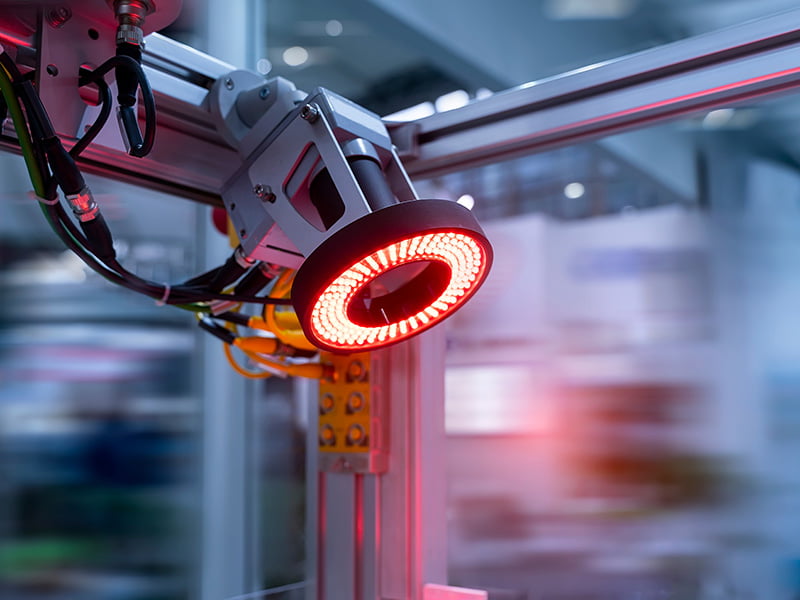Last month, two developments delivered a sharp warning to Australia’s industrial base.
In a major economic address, Treasurer Jim Chalmers declared productivity the “defining economic challenge of the next decade”.
He identified manufacturing as a key battleground on the same day that the ABS reported a 0.7 per cent fall in manufacturing labour productivity, making it the fourth consecutive quarterly decline.
Together, these statements should serve as a wake-up call to the entire manufacturing sector, because they underscore a growing consensus: unless our manufacturers embrace digital transformation at scale, we risk long-term decline in one of our most essential sectors.

This means AI, automation, and smart technologies are no longer experimental. They are the backbone of globally competitive manufacturing.
If we’re going to respond meaningfully to this productivity wake-up call, we need to focus less on what’s theoretically possible and more on what’s practically achievable
This means starting with how we deploy proven technology across the sector.
Action, not just innovation, is the missing link
Australia’s industrial policy rightly emphasises innovation, but the more urgent need is deployment.
Research shows that AI integration can boost manufacturing productivity by as much as 20 percent, through applications like predictive maintenance, demand forecasting, and quality control. These applications already exist.
Yet only 11 per cent of Australian manufacturers use AI or machine learning tools, which is a staggeringly low figure, given the global pace of adoption.
This is because what’s missing is the capability, confidence, and practical support for small and mid-sized manufacturers to deploy these technologies.
What this means is that we need policy settings that incentivise technology integration — not just invention — and advisory support that helps firms modernise operations without taking on unsustainable risk.
We should also be looking to prioritise workforce development that ensures factory workers are equipped with digital literacy and data fluency, alongside traditional skills.
Upskilling initiatives will help to ensure the transition is equitable and sustainable – and that it actually happens! But we cannot afford to hesitate.
The time is now
Australia’s high-cost manufacturing sector will never compete on price alone. This means productivity is the lever we must pull — and fast.
These data and policy signals are not a surprise; they are confirmation of a long-building trend. The difference now is that the tools to reverse the slide are within reach.
Our manufacturing sector has the potential to lead globally, but only if we act with urgency and vision, otherwise we really do risk falling behind on a global stage.
So the next decade will be defined not by what we invent, but by what we choose to implement.
Paul Eastwood is the Australian managing partner of global management consultancy Argon & Co
Do you know more? Contact James Riley via Email.

Let’s support Paul Eastwood’s call for Australian manufacturers to urgently adopt existing smart technologies like AI and automation to lift declining productivity. But, characterising this action as the opposite of innovation is a mistake.
In fact, adopting advanced technologies is one important form of innovation. Innovation is not invention, rather it is the implementation of new ideas or technologies to create value. Value in the form of fresh, transformative capabilities that boost productivity.
The latest thinking and practice of innovation highlights innovation as learning and knowledge diffusion—-learning by doing, learning by using technology, and learning by interacting with others.
See an article by UQ Professor Tim Kastelle on Innovation for SMEs: A practical guide, LinkedIn, 8July 2025.